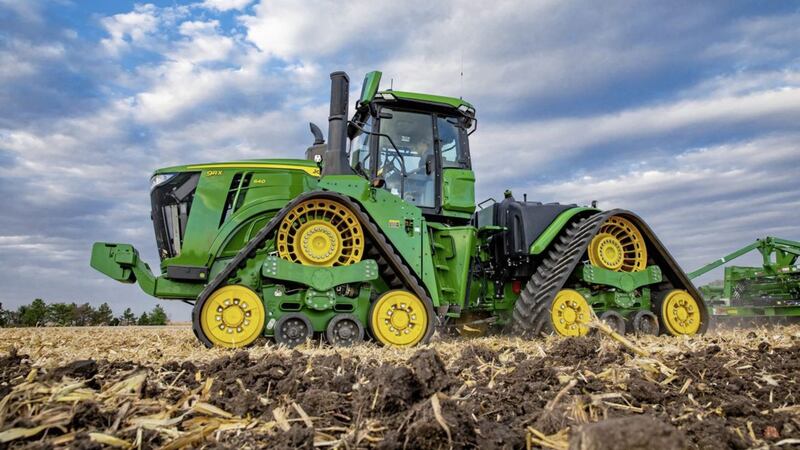QUESTION: I am buying a new business premises, is there anything I need to consider before signing contracts with the vendor?
ANSWER: When purchasing a property, parties are quick to query the VAT and stamp duty implications as they can create immediate tax charges, however capital allowances are often forgotten. There are three elements of capital allowances that can be transferred with the sale of a property; loose plant & machinery, fixtures and structural buildings. However, they don’t transfer automatically and require some engagement from the vendor
For loose plant & machinery, the sales price that the seller and purchaser agree on, will be the capital allowances transferred.
‘Fixtures’ are plant & machinery and integral features that are fixed to the building, i.e. if the building was turned on its roof the equipment that would stay in place. It is these that create the difficulty in many property transactions. In order to transfer capital allowances on fixtures there is a pooling requirement and a joint s.198 election must be made by both the seller and purchaser.
The seller must have pooled the value of the qualifying fixtures on their tax return before the sale of the property. Equally as important, the s.198 election is the seller and buyer agreeing on a value for the fixtures, this should be agreed as part of the sale negotiations or at the very minimum a clause to agree values at a later date. An election must be made and submitted to HMRC within the two years of the transaction to be valid. It’s in your interest to ensure the pooling requirement and the joint s.198 election is signed prior to completion of contracts, as the seller will have little appetite to assist after this date
However, if the property sale goes through without these negotiations and they fail to reach a joint agreement post sale, either party has up to two years from the date of the transaction to make an application to First-tier Tribunal, to fix the value of the fixtures transferred. From your perspective you will want to maximise the purchase price attributed to fixtures, as it is by this amount you will be able to reduce your trading profits by via capital allowances.
Where the vendor has not been able to pool fixture costs, for example they are a charitable body not subject to tax, there may be scope to make a Capital Allowance claim following your purchase without the vendor pooling the costs and making a s.198 election with you but this is only possible in specific circumstances.
For constructions that started on or after October 29 2018, there may be structural buildings allowances (SBAs) to be transferred. You will need the vendor to provide an allowance statement to identify what remains to be claimed on a 3 per cent straight line basis. If the property was built before October 2018, there may still be SBAs to transfer if they had structural renovation costs undertaken after this date.
When acquiring commercial properties, it is important to have these discussions with the vendor prior to signing contracts and making clear what documents you require them to provide, in order to maximise your capital allowance claim on the purchase cost.
:: KellyAnne Murtagh (k.murtagh@fpmaab.com) is senior manager at FPM Accountants Limited (www.fpmaab.com). The advice in this column is specific to the facts surrounding the question posed. Neither the Irish News nor the contributors accept any liability for any direct or indirect loss arising from any reliance placed on replies








